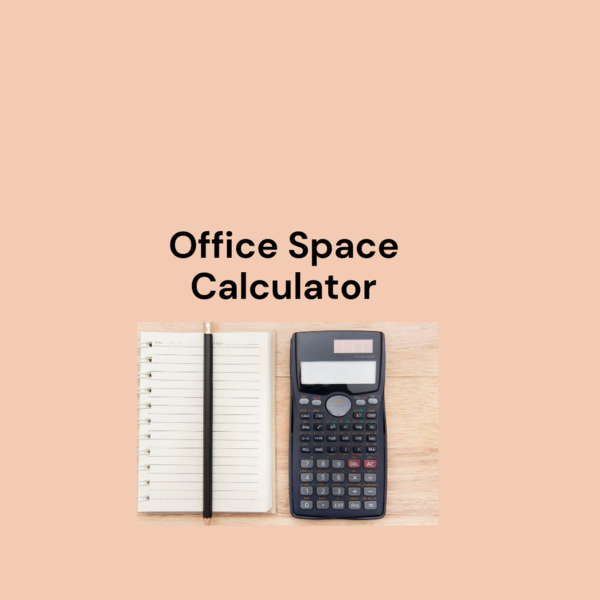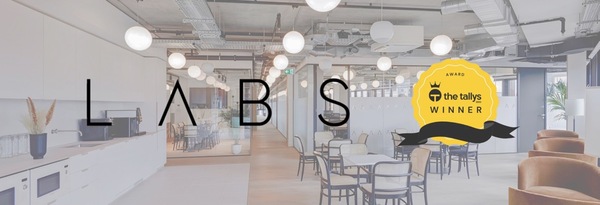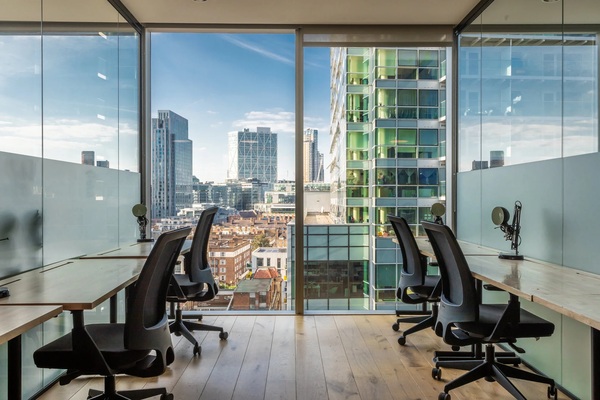This starts at “pay as you go workspace” which you can find on the Tally Market on-demand workspace platform. With “pay as you go workspace” companies can book workspace such as hot desks, meeting rooms, event spaces, and private offices hourly or daily.
- Less commitment:
- Variety of different spaces:
- Simplified agreement:
By taking a flexible office space you are either making a “pay as you go” booking or entering into a license agreement. License agreements are less complicated than commercial office leases. This reduces legal fees and makes it much quicker to complete transactions.
- Cashflow:
- Ready to move in:
Flexible workspace typically comes with a range of shared services e.g. libraries, event spaces, or games rooms. A benefit of multiple companies using the same building is that these facilities become much more affordable when shared. Flexible workspaces aim to make it easy for businesses to focus on their business rather than facilities management.
Most flexible workspaces have a sense of community as companies and people share the space. Flexible workspaces encourage this offering free networking and social events.
[Check out these cool hot desks in East London](https://www.tallyworkspace.com/articles/the-best-hot-desks-in-east-london)
Other common questions about flexible workspace
Is flexible workspace here to stay?
Is flexible workspace more expensive?
This really depends on how a company uses flexible workspace. At Tally Market we have helped companies save 60% or more on their office space. However, we typically see companies move from traditional leases to flexible spaces to reduce their commitment and to find workspace that better suits their teams needs.
Who are the top flexible workspace operators in the UK?
There are over 6,000 flexible workspaces in the UK (Source: Modor Intelligence) and a number of different operators running them.
Some of the top brands are as follows:
- IWG (own Spaces and Regus) - 320 buildings
- Bizspace - 73 buildings
- The Office Group - 61 buildings (including those from the recent merger with Fora)
- Wework - 58 buildings
- Workspace Group - 47 buildings
- Landmark Space - 44 buildings
How can I find flexible workspace?
At Tally Market we specialise in finding companies flexible workspace. Whether you are looking for on-demand meeting rooms or a one-year office lease... we've got you covered. Just pop us a message on the live chat and we will help you find the flexible workspace of your dreams.



